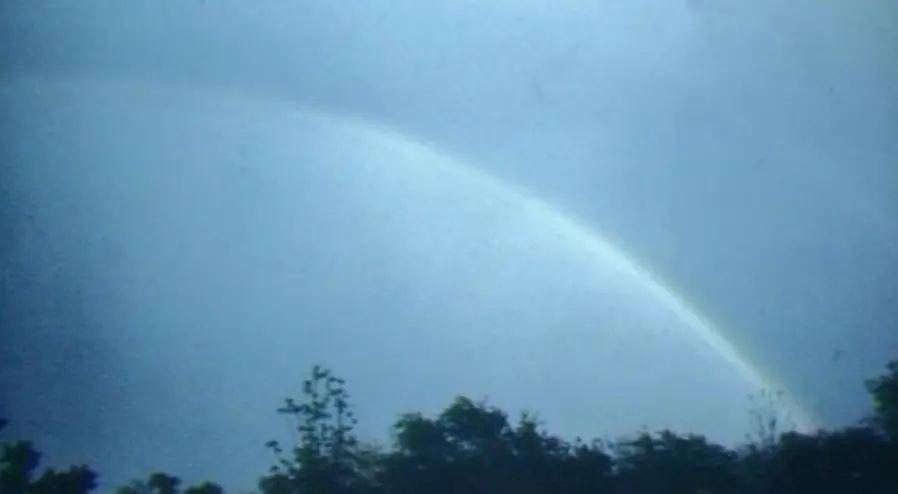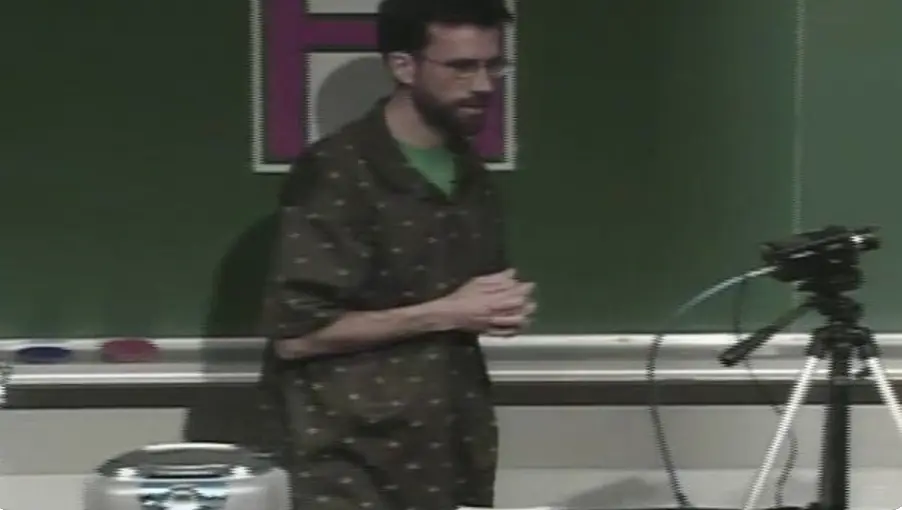Today’s Gadgets and Tomorrow’s Energy: John Bardeen’s Nobel Prizes
Daniel Agterberg — Through interactive demonstrations and examples, we unravel the ideas that lead to John Bardeen’s remarkable discoveries for which he won two Nobel Prizes: the transistor and the explanation of superconductivity. The first created the modern day electronics …





















